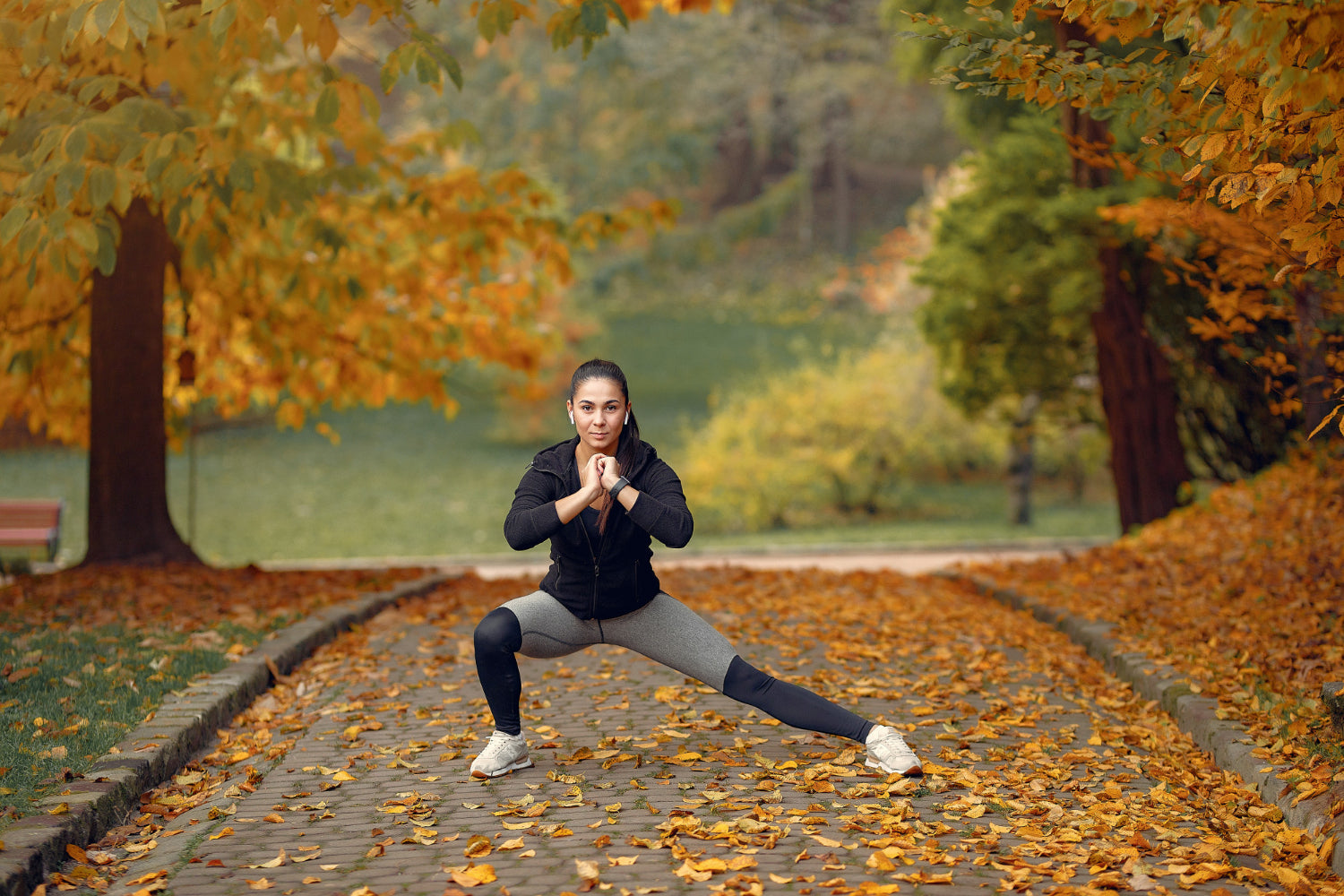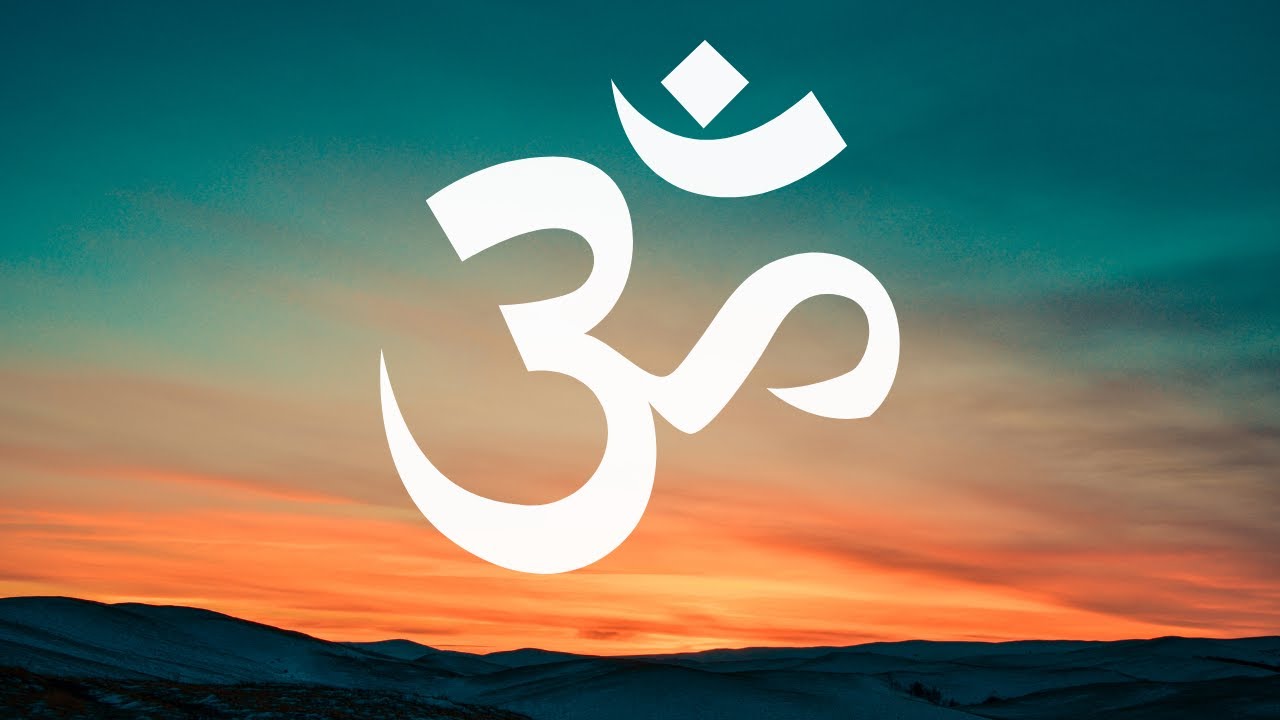Yoga is known as a practice that calms the mind, strengthens the body and keeps it balanced. However, most people think that going to a studio is a must to do yoga. In fact, you can do yoga at home and get the same benefits. Moreover, by being flexible according to your own schedule, you can turn your yoga practice into a personal ritual. Doing yoga at home is one of the most effective ways to get away from the hustle and bustle of daily life and take time for yourself. So, how can you start doing yoga at home? Let's take a step-by-step look.
How to Start Doing Yoga at Home?
Starting to do yoga at home can be easier than you think. The first step is to create a quiet, undisturbed space for yourself. You don’t need a dedicated room for yoga; even a corner will do. The important thing is that the space is yours and that you feel comfortable.
In the beginning, set small goals. For example, you might plan to do yoga for just 15-20 minutes twice a week. Over time, you can increase this time and deepen your practice. Also, if you need any guidance while doing yoga at home, you can use video lessons online. This way, you can learn how to get into the right poses and breathe properly.
What are the materials needed for yoga at home?
The basic materials you will need when doing yoga at home are quite simple. A yoga mat is a must to start practicing. The mat prevents slipping and makes your body's contact with the floor more comfortable. While doing yoga, you can also use blocks to support your body in some poses and a yoga belt to provide flexibility. These provide great convenience, especially for beginner yogis.
It is also important to wear comfortable clothes. Choosing clothes made of flexible and breathable fabrics that do not restrict your movements will make you feel more comfortable while doing yoga. When choosing your materials, paying attention to quality will help you practice more efficiently in the long run.
5 Golden Rules You Should Follow When Doing Yoga at Home
Some basic rules to follow when doing yoga at home will help you both protect your physical health and get the most out of your yoga practice. Here are 5 golden rules to keep in mind when doing yoga at home:
- Create a regular schedule: Yoga gives the best results when done regularly. Make sure to practice yoga at least 3-4 days a week at a set time. Over time, you will get used to this routine and will look forward to doing yoga.
- Choose a suitable area: When doing yoga at home, it is important to create a quiet and comfortable space. Find a large area where you can spread out your yoga mat and move around. Make sure that this area is free of distractions.
- Don’t forget to warm up: Warming up your body before yoga practice plays a critical role in preventing injuries. You can start your practice by preparing your mind with light stretching or a short meditation.
- Control your breath: Yoga is all about breathing as well as physical movements. Focus on your breathing in each position and try to take deep, controlled breaths. Controlling your breath helps you maintain both mental and physical balance.
- Be patient: Yoga is a practice that develops over time. Some positions may be challenging at first. At this point, be patient with yourself and do not worry about doing the poses perfectly. As you practice regularly, you will notice that your flexibility and strength will increase.
Beginner Yoga Poses That Can Be Done At Home
When starting to do yoga at home, it is best to start with simple and basic poses. These poses will stretch and strengthen your body while also allowing you to learn proper breathing techniques. Here are a few beginner yoga poses that you can easily do at home:
- Mountain Pose (Tadasana): Stand with your feet together or hip-width apart, with your hands relaxed at your sides. Pull your shoulders back and align your body in a straight line. This pose is a basic one that teaches proper posture and balance.
- Downward Facing Dog (Adho Mukha Svanasana): Bring your body into an inverted V shape with your hands and feet on the floor. Be careful to keep your back straight as you lift your hips up. This pose stretches the shoulders, arms and legs, and also increases blood flow.
- Child's Pose (Balasana): Sit on your knees, place your forehead on the floor and extend your arms forward. This pose is a relaxing and resting pose, relaxing the back and neck muscles.
- Cat-Cow Pose (Marjaryasana-Bitilasana): Start on all fours. Inhale by arching your back and dropping your belly toward the floor (Cow Pose), and exhale by rounding your back and pulling it up (Cat Pose). This pose stretches the spine and increases flexibility.
- Warrior I (Virabhadrasana I): Step one leg forward, leaving your back leg behind, and raise your arms overhead. Rotate your hips and shoulders forward. This pose improves balance while strengthening the leg muscles.
These basic poses will provide a solid foundation that will help you progress in your yoga practice. Remember to listen to your body as you do the poses and give yourself time if you feel challenged.
Different Types of Yoga for Home Yoga: Which Yoga Style is Right for You?
When doing yoga at home, it’s important to choose the style of yoga that best suits your needs and goals. Each type of yoga offers a different experience and benefits your mind as well as your body in different ways.
- Hatha Yoga: This style is ideal for beginners, especially when basic yoga poses are practiced in a slow and focused manner. Hatha yoga allows you to control your breathing while strengthening your body.
- Vinyasa Yoga: A more fluid style, Vinyasa offers a dynamic experience by moving between poses more quickly. If you are looking for a yoga practice that is both physically and mentally active, Vinyasa may be a good choice.
- Yin Yoga: Offering a more meditative experience, Yin yoga focuses on deep muscles and connective tissue by holding poses for longer periods of time. This style is perfect for those looking to gain flexibility and relax their body.
- Restorative Yoga: As the name suggests, Restorative yoga focuses on rest and regeneration. Poses are held for long periods of time with plenty of support, supporting the body’s natural healing processes. If you want to reduce stress and calm your mind, you can choose this style of yoga.
Assess what you need from your yoga practice and choose the style that suits you best to have a more enjoyable experience.
How to Stay Motivated While Doing Yoga at Home?
It can sometimes be difficult to stay motivated when practicing yoga at home, but it is possible to overcome this challenge with a few simple steps.
- Set realistic goals: You don’t have to have a perfect yoga practice every day. Start small and build on your goals as you improve. For example, at first, 20 minutes three days a week may be enough.
- Track your progress: Seeing progress in your yoga practice can help keep you motivated. Keep a yoga journal to record your progress. Keeping notes on what poses you’ve learned or breathing techniques you’ve developed will help inspire you.
- Incorporate meditation: Yoga is not just a physical activity, it’s also a mental journey. Adding short meditations to your yoga practice can help calm your mind and create a deeper connection.
- Take advantage of online classes: There are many quality online yoga classes and apps that can guide you when doing yoga at home. Finding a suitable instructor and style and following them regularly can help you stay motivated.
Remember, yoga is a process and it's important to show compassion to yourself every step of the way.
Difficulties You May Encounter While Doing Yoga at Home and Their Solutions
You may face some difficulties while practicing yoga at home. However, these difficulties can be overcome with simple solutions.
- Not enough space: One of the most common problems when doing yoga at home is not finding a suitable space. Even a small corner can be enough for yoga. The important thing is to choose a place where you can move comfortably and away from distractions.
- Distractions: Environmental factors (television, phone, other people) can be distracting when you are at home. Therefore, try to do your yoga practice at a quiet time and place. You can also prepare your mind with a short meditation before practice.
- Lack of motivation: It can be hard to motivate yourself when doing yoga at home. That’s why it’s important to create a routine. Set a weekly schedule and stick to it. Also, keeping a record of your progress or doing yoga with a friend can help boost your motivation.


